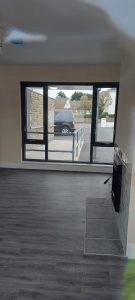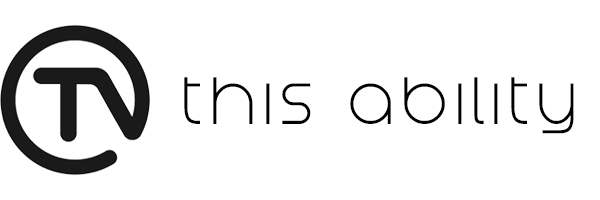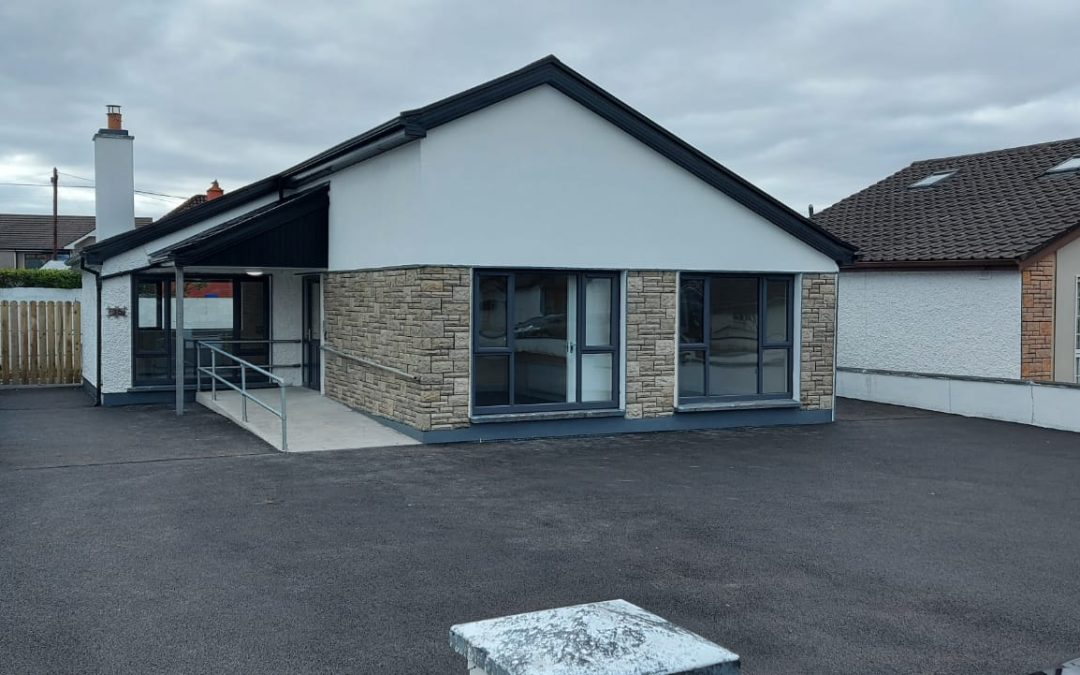

Moving to my own home and starting over, is ripe with possibility but does not come without its next level of challenges. I’ve learnt there are going to be some roadblocks on my path to independent living but luckily nowadays there are many assistive technologies/environmental controls and smart systems to enable those with reduced mobility to have full unhindered access where possible. These systems can also assist with security, comfort, and convenience in all aspects of home life. It is imperative for myself regarding my disability and access issues to make my new home as accessible as possible in order to foster self-reliance and live as independently as possible. Identifying suitable accessible options and the best products out there to make my home work for me has been a major priority over the last while. If you’re curious how smart home devices on the market right now can improve the health and efficiency of your abode, check out this article and the part B to follow.
What is the smart connected home?
The smart connected home is the next stage in the evolution of our homes and how we interact with them. From smart locks and voice assistants to air-quality monitors and fans, the smart home market is growing at a rapid rate. Just as lighting has gone from candles, to gas, to electricity, so are the many systems in our homes evolving as technology advances. In the case of lighting, the next stage is smart wireless control, so you no longer have to flip a switch or even think about lighting a room: the smart home will do it for you using motion sensors, schedules, or by responding to a voice command. But illumination is just one small slice of what home automation can do to make your home run more smoothly. While all this new technology may seem daunting and complicated, the advent of the artificially intelligent assistant and voice control has made it a lot easier to adopt. So, when considering any new connected gadget for your home my advice would be to first consider what system you want to use to control it.
How to automate your home with smart devices
There are three main systems: Amazon’s Alexa, Google’s Google Home and Apple’s HomeKit. All three-combine voice control and smartphone app control of your devices, making it easy to get everything working together to automate your home.
After extensive reading, I opted for Google Home for a number of reasons. It’s compatible with both Android and iOS operating systems and users praise its ease of use and integrative ability, as the system can be set up to control and monitor multiple rooms and compatible smart devices. This voice-activated speaker uses Google Assistant to activate everything from music and lights to the weather via voice command and automating much of your home life.
What is smart lighting?
Smart lighting is the poster child of the smart home, and it can be easy, fun and genuinely useful. It allows you to activate your lights to turn on when you open your front door to welcome you home, dim as evening approaches to help you wind down, come on gradually in the morning as a natural alarm clock, turn on and off randomly when you’re away to make it look like someone’s is home, the conveniences and benefits of smart lighting are endless. But it can be complicated and slightly overwhelming to choose the best-connected lighting solution.
There are two main routes into smart lights: smart switches that control all the lights on a circuit, or smart bulbs which replace existing bulbs. Both give you wireless control from your phone or via a voice assistant.
A good pick for switches (which need to be hardwired) are Lutron Caseta’s line, which is inexpensive, works with most any wiring set up, and has compatibility with Alexa, Google, and HomeKit. It uses via a hub rather than relying on home Wi-Fi, which means it responds speedily to commands, essential with smart lighting as if you have to wait more than a couple of seconds for it to turn on you’ll find yourself reaching for a light switch. A good alternative is Lightwave, which also works with all the same smart home assistants and similarly uses its own wireless protocol for snappy control.
For smart bulbs, Philips Hue’s line is easily the best, most reliable and affordable option. This excellent, expandable smart lighting system has bulbs and fixtures for every scenario, and even includes completely wireless switches for physical control when you want it, and excellent motion sensors that intelligently adjust the lighting based on time of day. The bulbs can be used for alternative functionalities, such as timers, alarms, geo-fencing, and security purposes with a dizzying array of colours to choose from. These LED bulbs add a unique ambiance to your home or can just simply have your lamp turn blue to tell you when it’s raining outside. They can be operated—even when away from home—using a smartphone, tablet, and now Alexa voice activation. Each Hue bulb uses only 9.5 watts of energy to produce a 60-watt equivalent and has a lifespan of 20-plus years, which results in an energy savings of 80 percent which is greatly appreciated nowadays.
To be continued

